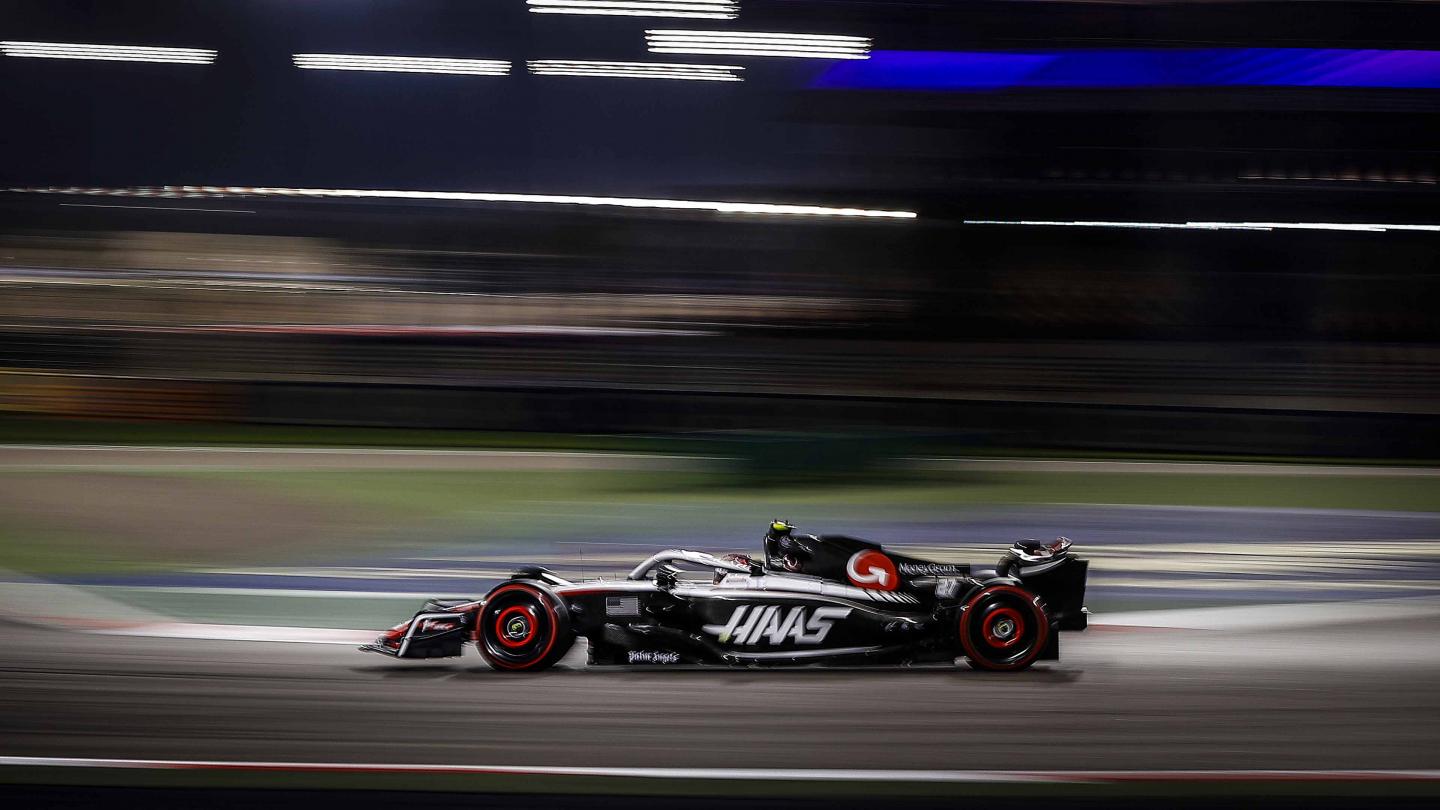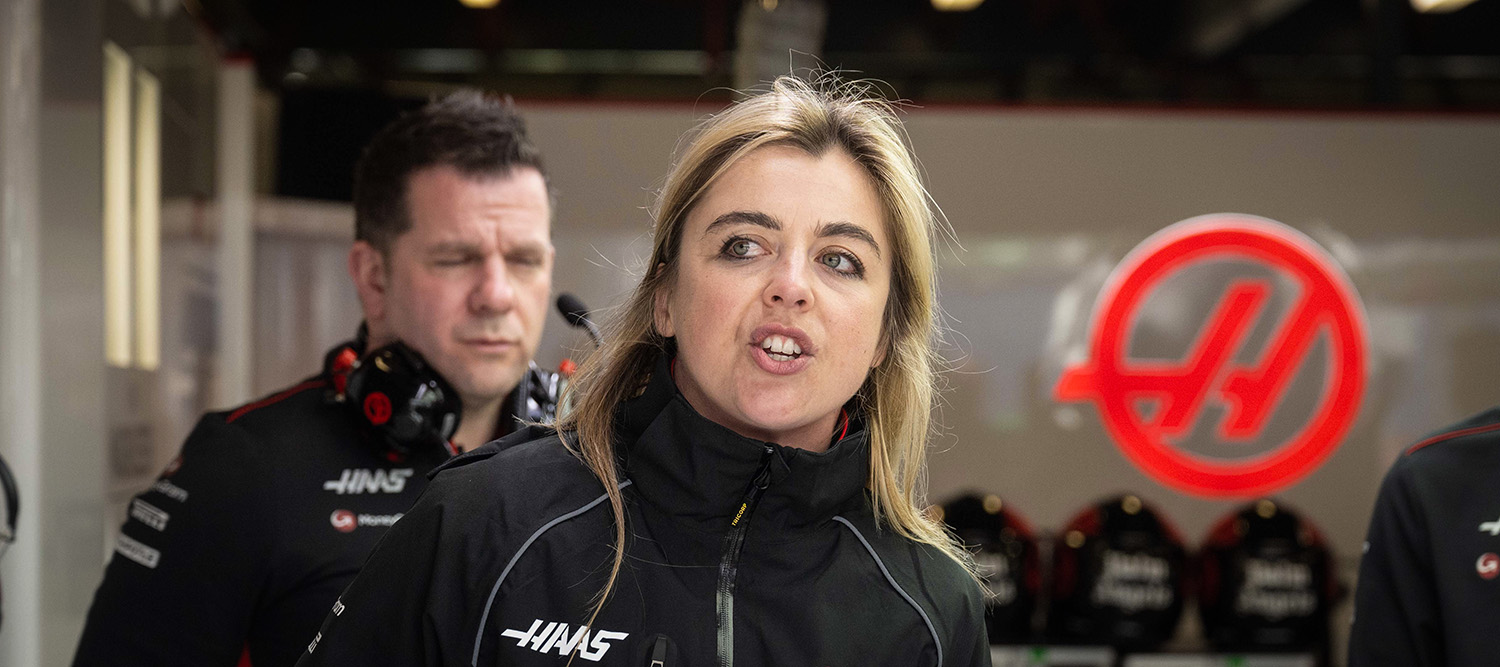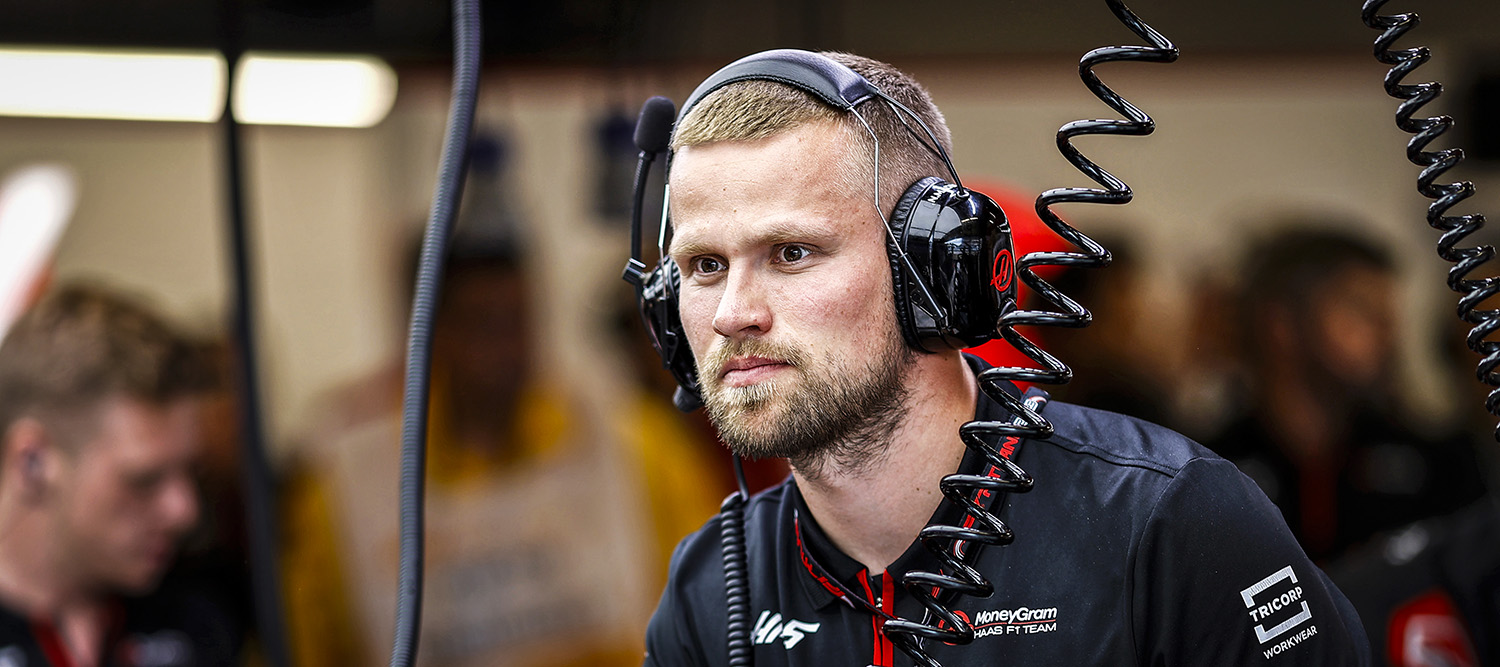Singapore Grand Prix: Preview
September 12, 2023
MoneyGram Haas F1 Team’s 2023 FIA Formula 1 World Championship season will continue with Round 16, the Singapore Grand Prix, at the Marina Bay Street Circuit
Singapore joined Formula 1’s calendar in 2008 with a circuit mapped out around some of the city’s most eye-catching landmarks. Singapore broke new ground as Formula 1’s first night race, with thousands of lights illuminating the course, and the floodlit buildings provide a stunning backdrop to a high-speed pursuit through the city.
Teams and drivers consequently have to manage an unusual timetable, with the race start at 20:00 local, meaning breakfast in mid-afternoon, dinner in the early hours, and blackout curtains in hotel rooms essential. Singapore’s high temperatures and humidity levels also adds to the challenge for everyone in the team.
![]()
For 2023 there has been an alteration to the Marina Bay Street Circuit. Due to redevelopment work of The Float into NS Square, the old turns 16 to 19 will be bypassed, creating a longer full-throttle section between turn 14 and the old turn 20, which is now turn 16. That has shaved 135 meters of distance from the lap, with the removal of the corners expected to lower lap time by almost 10 seconds, with turn 16 approached at greater speed.
The average lap speed is expected to be higher than previous years but Marina Bay remains among the circuits with the slowest lap speed, with Singapore’s grands prix regularly pushing towards the two-hour mark.
MoneyGram Haas F1 Team racers Kevin Magnussen and Nico Hulkenberg have vast experience of Singapore’s sweltering streets, with 15 combined starts between them. Magnussen also registered the race’s fastest lap on two occasions for MoneyGram Haas F1 Team, in 2018 and 2019 respectively.

Faith Atack-Martin – Performance Coach and Team Physiotherapist:
Singapore is one the most challenging races for drivers, but it’s also tough on the team in the garage. How do you prepare the team for the extreme heat and humidity faced there and ensure they remain physically and mentally fit?
“The heat in Singapore is significant, but heat acclimatization over the season in other hot conditions affords the crew some pre-preparation for this by the time we hit Singapore in September. However, the humidity poses an additional challenge and requires some careful management to ensure that the team members can regulate body temperature (thermoregulation), stay hydrated and perform at their best.
“Physical and mental conditioning in this environment consists of many considerations. Firstly, avoiding heat illness is our priority. This relies on maintaining equilibrium between salt and water balance in the body. In hot and humid conditions, the surrounding air is higher in water molecules, making it harder to regulate body temperature because heat cannot evaporate as efficiently. The body responds to this by increasing the rate it sweats, resulting in increased water and salt loss. If fluids and salt are not replaced, then isotonic dehydration occurs, leading to an increased risk of exertional heat illness or exertional heat stroke in severe cases.
“Other strategies aim to facilitate thermoregulation. Cooling strategies include access to iced towels, sweat bands and the use of an air-conditioned break-out room in the garage where team members can go to take a break. Another adjunct we use is menthol mouthwash. Although using this does not affect core temperature, the perception of heat can be manipulated. Similarly, using cold sprays gives a temporary feeling of coolness that can help in addition to more robust methods.”
How does the team take into account the time zones and offset timetable?
“There is an assumption that Singapore is a difficult race for jet lag due to the time difference to Europe, however, this is not the case for the race team. As a night race, the working hours of the team change insignificantly from European times. In order to mitigate travel fatigue, which will be a factor after a long flight, the first day we arrive is an encouraged rest and specific sleep times are advised in order to avoid adaptation to Singapore time. Further mental considerations acknowledge that there is a risk of lower mood when daylight is limited. We therefore try to engage the team in a shared experience such as a football game or team meal. This is important for morale and a sense of perspective away from the track.”

Nikolaj Madsen – Kevin Magnussen’s Physiotherapist:
This is your second Singapore Grand Prix working with Kevin. How does he adjust to the extreme conditions, notably the heat and humidity? Is it something you put a lot of work into before an event or is it a natural shift once you get to the location?
“Kevin adjusts by getting to Singapore a few days before the race and trying to hit the time zone as fast as possible. The conditions are pretty extreme and we’re trying to keep him hydrated already one week before the race actually, starting with loads of water and salt and minerals. I put a lot of work into that because it’s so humid with heat as well.”
What about physical preparation?
“As it’s only one week, you can’t adapt that fast. After the race in Monza, we have one and a half weeks to get in shape for Singapore, but we can’t change that many things. The biggest difference between Singapore and other races is the food and drink. I’m forcing lots of water to keep him hydrated, over hydrated. After the race, we try to put some sugar inside him because the brain is overheated, and the brain works with sugar. As fast as I can, I try to get some sugar inside him, and slowly some water. After a long race, you don’t tend to be hungry because the adrenalin is still in your body and sometimes it’s hard to sleep after a race.”

Martin Poole – Nico Hulkenberg’s Performance Coach:
You’ve worked with Nico for several years. How do you help prepare for the Singapore Grand Prix and how far out from the race can you start to ramp up training?
“We’ve had our eye on Singapore since the start of the summer break and Nico has done a lot of his training sessions in high heat/humidity over that break to help him prepare. Increasing aerobic fitness, adapting to the heat and also just getting used to the extreme discomfort of feeling tired in hot and sweaty conditions is the best way he can prepare for a unique race like Singapore.”
We see lots of drivers use ice baths – or creations of their own – to stay cool. What does Nico like to do to remain cool?
"Before each session on track in Singapore, we will work hard to pre-cool his body by wearing a cool vest, using frozen towels and drinking cold drinks. After each session, Nico will jump straight into an ice bath to rapidly lower his core temperature, allowing his body to start recovering more quickly. Nico will typically lose 1.5 to 2kg during the Singapore Grand Prix.”